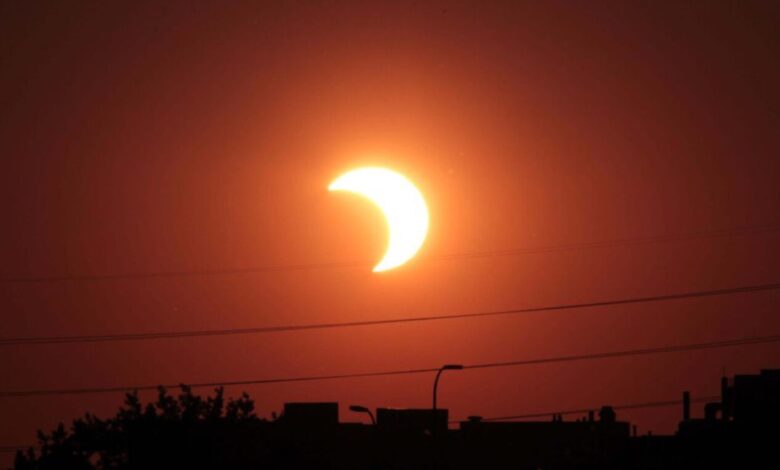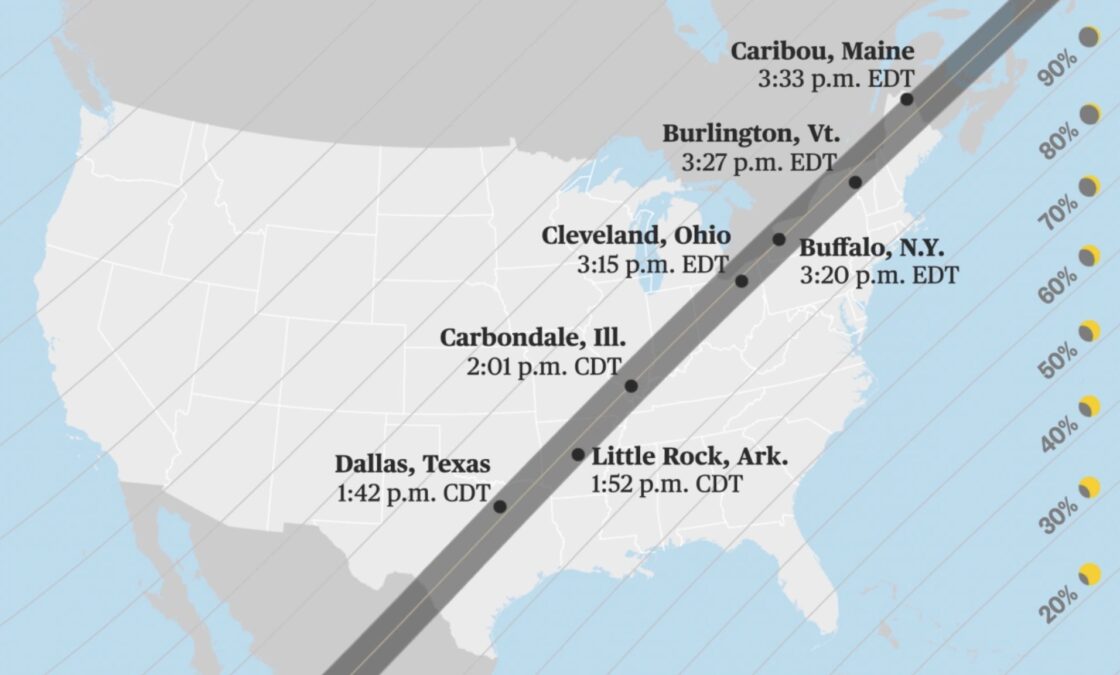Jamaica to Experience Partial Solar Eclipse
Share

Jamaica is set to host its own celestial spectacle as a partial solar eclipse is poised to grace the island’s skies. On Monday, April 8, 2024, from 11:53 a.m. to 1:55 p.m., Jamaicans and visitors alike will have the unique opportunity to witness this awe-inspiring celestial event, as per a report by Weather Jamaica.
Enthusiasts are encouraged to don their eclipse glasses, unite with friends and family, and indulge in the rare phenomenon of a daytime moonwalk under the partially obscured sun. This event, dubbed the #JamaicanEclipseBash, promises to be a memorable experience for all who partake.

While Jamaica revels in its partial eclipse, a more dramatic celestial event will unfold across North America. A total solar eclipse is set to captivate millions, marking one of the most eagerly awaited astronomical occurrences in recent memory. Should the weather be cooperative, observers in Mexico, 15 U.S. states, and eastern Canada will experience the moon’s transit between Earth and the sun, casting a temporary shadow and dimming the sunlight.
This total eclipse will traverse a “path of totality” exceeding 100 miles in width, stretching from coast to coast. Within this path, the moon will completely cover the sun for several minutes, plunging the day into darkness. Outside this path, parts of the continental U.S. will witness a partial eclipse, where the moon will seem to take a “bite” out of the sun, with the size of the “bite” varying by location. Maximum coverage of 22% is expected for Jamaica as shown in the video above.

The spectacle will commence on Mexico’s Pacific coast at 11:07 a.m. PT and journey across several states, including Texas, Oklahoma, Arkansas, and into the northeastern U.S., covering regions like New York, Vermont, and Maine. Portions of Michigan and Tennessee are also in the lucky lineup, alongside parts of Canada like Ontario and Quebec, culminating in Nova Scotia’s Cape Breton.
The duration of total darkness will differ across locations, typically lasting around two minutes, but some areas, particularly at the eclipse’s center, will experience up to 4 minutes and 28 seconds of totality, with the longest stretch near Torreón, Mexico.
As the moon veils the sun, this natural phenomenon serves as a reminder of the wonders of our universe and the beauty that can be observed from our very own planet. Whether in Jamaica for the partial eclipse or along the path of totality in North America, this event is a testament to the majestic ballet of celestial bodies and a not-to-be-missed spectacle for sky-watchers and nature enthusiasts alike.



